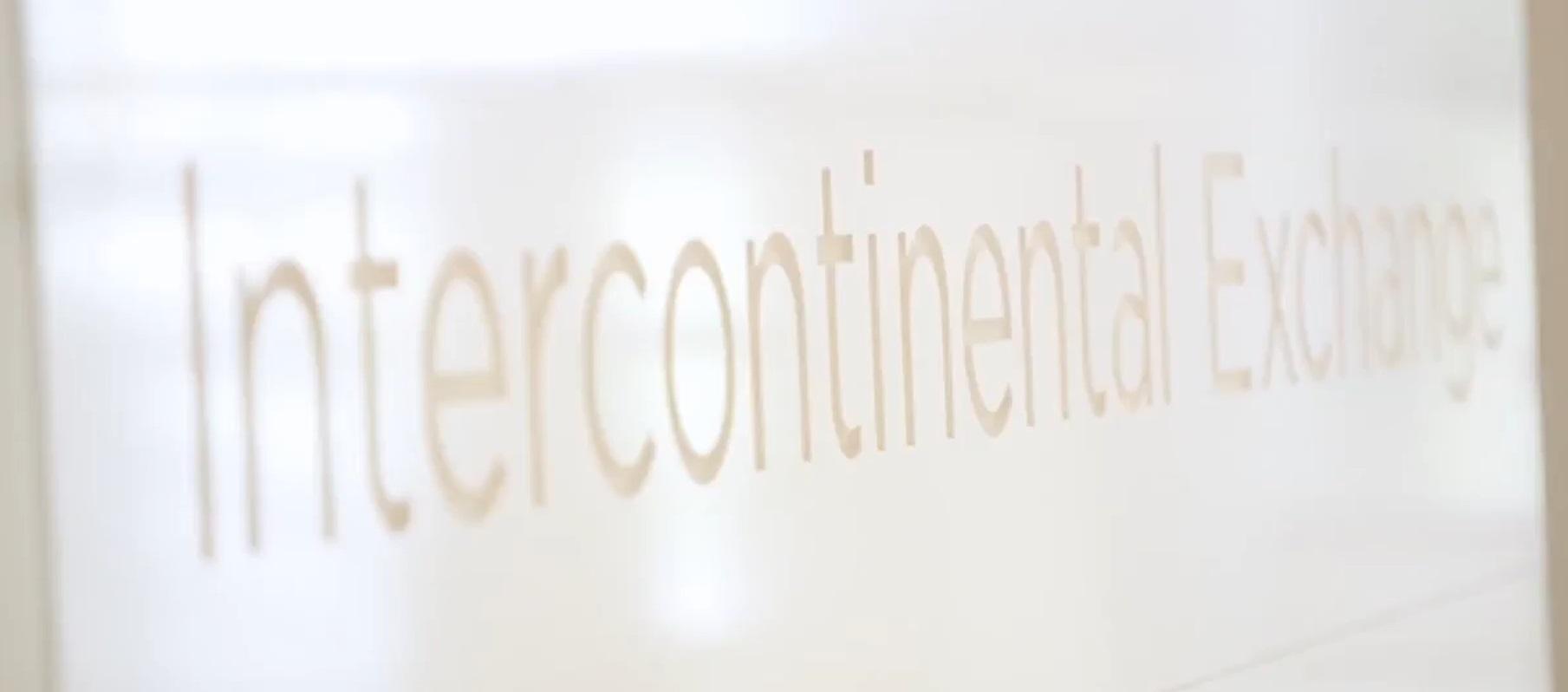ICE Says Carbon Contract Trading Surges to $1 Trillion Notional Value in 2021
Global exchange and clearing house operator Intercontinental Exchange (ICE) reported that trading of environmental contracts in 2021 surged to record volumes, reaching 18 billion tons of carbon allowances traded in the year, equivalent to an estimated $1 trillion in notional value.
According to ICE, a record 19 million environmental futures and options contracts traded on the exchange in 2021, including 15.2 billion EU carbon allowances, 2.4 billion California carbon allowances, 346 million Regional Greenhouse Gas Initiative allowances and 255 million U.K. carbon allowances.
Carbon markets trading volumes have been growing in recent years, as companies use these markets to manage and price climate risk, as well as meet compliance obligations, and as the range of available instruments proliferates.
Over the past several months, ICE has rolled out a series of products to serve this growing market. In April 2020, the exchange launched the ICE Global Carbon Futures Index, providing a benchmark for the performance of carbon allowance prices, based on a basket of EU, California allowance futures contracts, and the ICE Regional Greenhouse Gas Initiative Futures Contracts, adding UK carbon allowances in 2021. In November, ICE announced plans to launch a futures contract based on the ICE Global Carbon Futures Index, and its first Nature-Based Solutions (NBS) carbon credit futures contract, anticipated for Q1 2022.
Gordon Bennett, Managing Director of Utility Markets at ICE, said:
“For over a decade, ICE has provided the markets with the ability to price the negative externality of emissions through carbon allowance futures, and the positive externality of creating carbon-free electricity through renewable energy certificate (REC) futures. This year we will be expanding our carbon credit markets to value and support the preservation of natural assets, as well as launching our first carbon index futures contract to provide access to the global cost of emissions in one instrument.”





